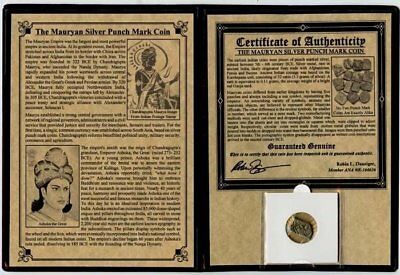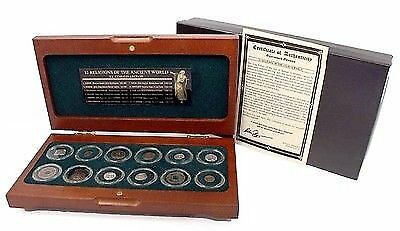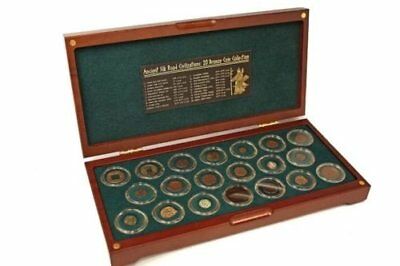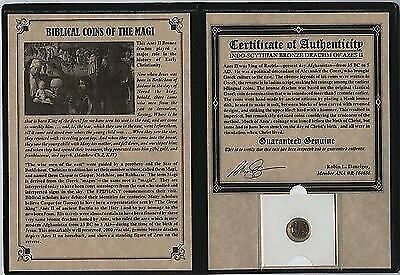-40%
Ancient Celtic coin.Lot 254
$ 517.43
- Description
- Size Guide
Description
Ancient Celtic coin.Lot 254. Shipped with USPS First Class.Celtic coin
Silver.Rare coin.
Circa 60-20 BC
Tribe:Aedui, region:France.
Diameter 14 mm, weight 1.94 gm
Extremely fine condition
Certificate of Authenticity included
The Aedui or Haedui (Gaulish: 'the Ardent'; Ancient Greek: Aἴδουοι) were a Gallic tribe dwelling in the modern Burgundy region during the Iron Age and the Roman period.
The Aedui had an ambiguous relationship with the Roman Republic and with other Gallic tribes. In 121 BC, they appealed to Rome against the Arverni and Allobroges. During the Gallic Wars (58–50 BC), they gave valuable though not whole-hearted support to Caesar, before eventually giving lukewarm support to Vercingetorix in 52. Although they were involved in the revolts of Iulius Sacrovir in 21 AD and Vindex in 68 AD, their aristocracy became highly Romanized under the Empire.
The Gaulish ethnonym Aedui (sing. Aeduos) literally means 'the Ardent ones'
The territory of the Aedui was situated in a strategic economic position between the Saône and Loire rivers, and included most of modern départements of Saône-et-Loire and Nièvre, the southwestern-part of Côte-d' or between Beaune and Saulieu, and the southern part of Yonne around Avallon,corresponding to the Saône plains, the Morvan granitic massif, and the low Nivernais plateau, from east to west.They dwelled between the Arverni in the west, the Segusiavi and Ambarri in the south, the Sequani in the east, and the Lingones and Senones in the north.
Three oppida are known from the end of the La Tène period: Vieux-Dun (Dun-les-Places), Le Fou de Verdun (Lavault-de-Frétoy), and Bibracte, which occupied a central position in the Aedian economic system.
During the Roman period, Bibracte was abandoned for Augusto dunum ('fortress of Augustus' modern Autun).
The country of the Aedui is defined by reports of them in ancient writings. The upper Liger formed their western border, separating them from the Bituriges. The Arar formed their eastern border, separating them from the Sequani.The Sequani did not reside in the region of the confluence of the Dubis and the Arar, and of the Arar into the Rhodanus, as Caesar says that the Helvetii, traveling southward along the pass between the Jura Mountains and the Rhodanus, which belonged to the Sequani, plundered the territory of the Aedui.These circumstances explain an apparent contradiction in Strabo, who in one sentence says that the Aedui lived between the Arar and the Dubis, and in the next, that the Sequani lived across the Arar (eastward).Both statements are true: the first in the south, and the second to the north.















